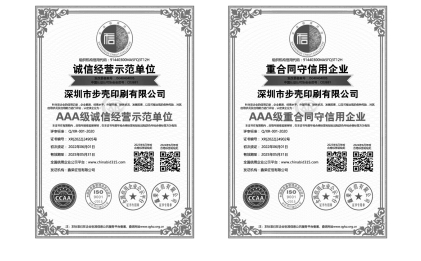The setting of font size, length, spacing, line spacing, and paragraph spacing for book printing
Text is the carrier of language and a symbol system with visual recognition features.
Font size
Font size refers to the size of a font. The size usually adopts the methods of sign number system, point number system, and series. The point system is a popular method of calculating fonts worldwide. Point, also known as pound (P) The computer typesetting system uses the dot number P to calculate the font size, with each dot being equal to 0.35 millimeters. A suitable font size should be selected in the layout. Oversized fonts can cause crowding in the layout, while undersized fonts can cause reading difficulties. Generally, the font size of the main text should be between 7-9P. For example, the font size of books for children and the elderly should not be too small. Some fonts, even if they are of the same size, give the impression that the size difference is significant, so it is necessary to Adjust the font size according to the actual situation.
President
According to the readability of the book, there should be certain limits to the length and spacing of the text. Because the perspective of the eye has a certain limit, the best perspective for the brain to quickly respond to and receive information during the reading process needs to be demonstrated through experiments. According to the experiment, "when using 10 pound Chinese characters to print the main text, when the length exceeds 110 millimeters, reading will feel difficult and prone to skipping and misreading. For example, when the length reaches 120 millimeters, the reading speed will be reduced by 5%, so the optimal length of the character line is 80-105 millimeters. For books with wider illustrations or tables, it is best to arrange them in double or multiple columns when a wider layout is required, The most suitable number of words per line is 20-28 words, as too many or too few will decrease.
Font spacing, line spacing, and paragraph spacing
Distance refers to the distance between words, line spacing refers to the distance between lines of text, and paragraph spacing refers to the distance between paragraphs. The grasp of word spacing, line spacing and paragraph spacing is not only the designer's psychological feeling of arrangement, but also the direct embodiment of the designer's design taste. Generally, the line spacing is larger than the word spacing. Generally, the word spacing is 10 points, while the line spacing is 12 points. This creates a sense of sequence and is easy to read. However, due to differences in fonts, font spacing and line spacing also need to be adjusted accordingly. The spacing of text can also affect the reading of books. For example, if the line spacing is too high, it is difficult to see clearly between the up and down lines. Feeling too tight can be very oppressive, and it is easy to cause skipping and misreading; If the line spacing is too wide, not only does it waste paper, but it also affects reading when reading without breath. As a continuous reading, the line spacing can be wider; The spacing between long lines can also be wider; If the lines are short, the spacing should be relatively narrow. But for some special arrangements, the widening or narrowing of word spacing and line spacing can better reflect the connotation and individuality of the theme. Generally, the spacing between words should be smaller than the spacing between lines; The spacing between rows should be smaller than the spacing between paragraphs; The gap between paragraphs should be smaller than the surrounding blank space.

The setting of font size, length, spacing, line spacing, and paragraph spacing for book printing


























